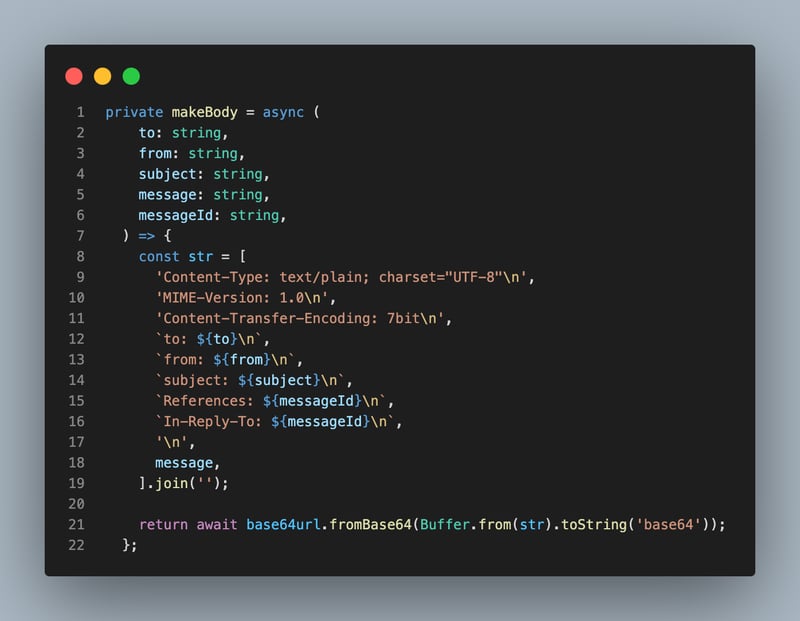In this article, I will look at how to carry out API documentation. A pre-requisite for this tutorial is fore-hand knowledge of YAML.
When you create an API and you need to explain the API, you can make use of documentation provided by Postman or Swagger
Installation
cd server
npm run init -y
npm i swagger-jsdoc swagger-ui-express
Swagger Options
You need to create options/specifications for swagger ui
Give OpenAPI version
Give the URL of the server
Define the file location of the API route (./route/products)
// doc/swagger.js
import swaggerjsdoc from “swagger-jsdoc“
const options = {
definition: {
openapi: “3.0.0“,
info: {
title: “Products API“,
version: “1.0.0“,
description: ‘API Documentation for products API‘,
contact: {
name: ‘Chima Ifeanyi‘,
email: ‘chimaifeanyi29@gmail.com‘
},
},
servers: [
{
url: “http://localhost:3500/“,
},
],
},
apis: [“./routes/*.js“],
};
export const swaggerSpecs = swaggerjsdoc(options);
Creating Routes
Your documentation will be written in the file that contains the routes of your API
Schema: You need to create a schema to represent how your data will look like. The schema will be for reusability.
Tags: It is a good idea to group your requests into tags.
Summary: It gives a brief description of the API endpoint.
Parameters: This is to tell swagger that our API request has a parameter in the URL.
import express from “express“;
export const router = express.Router();
import {productsController} from “../controllers/product.js“;
/**
* @swagger
* components:
* schemas:
* Product:
* type: object
* required:
* – name
* – price
* – category
* properties:
* name:
* type: string
* description: The product name
* price:
* type: number
* description: The product price
* category:
* type: string
* description: The category
* example:
* name: mango
* price: 400
* category: fruits
*/
/**
* @swagger
* tags:
* name: Products
* description: A products management API
*
*/
/**
* @swagger
* /home:
* get:
* summary: returns all the products
* tags: [Products]
* responses:
* 200:
* description: A list of all products
* content:
* application/json:
* schema:
* type: array
* $ref: “#/components/schemas/Product”
*
*
*
*/
router.get(“/“, productsController.getProducts);
/**
* @swagger
* /home/{name}:
* get:
* summary: Get product by name
* tags: [Products]
* parameters:
* – in: path
* name: name
* schema:
* type: string
* required: true
* description: The product name
* responses:
* 200:
* description: The product description by name
* contents:
* application/json:
* schema:
* $ref: “#/components/schemas/Product”
* 404:
* description: The product was not found
*/
router.get(“/:name“, productsController.getProductByName);
It all comes together in our index.js
// src/index.js
import express from “express“;
import mongoose from “mongoose“;
import cors from “cors“;
import bodyParser from “body-parser“;
import {corsOptions} from “./config/corsOptions.js“;
import {connectDB} from “./config/dbConn.js“;
import {swaggerSpecs} from “./docs/swagger.js“; // swagger specs
import swaggerui from “swagger-ui-express“; // swagger ui
import swaggerjsdoc from “swagger-jsdoc“;
import {router} from “./routes/route.js“
const app = express();
app.use(express.json())
// Connect to MongoDB
connectDB();
// middleware to handle url encoded data
app.use(express.urlencoded({ extended: false }));
// built-in middleware for json
app.use(bodyParser.json());
// configuration for cors
app.use(cors(corsOptions));
app.use(“/home“, router)
// the route for api documentation.
app.use(“/api-docs“, swaggerui.serve, swaggerui.setup(swaggerSpecs))
app.use(‘*‘, (req, res)=>{
res.status(404).json({ message: ‘Endpoint does not exist‘})
})
export default app
Thank you, Please follow me



